Housing availability, age, and construction gaps Give investors an edge when powered by private capital.
Real estate investing is an attractive investment for most people. Whether you’re seeking passive income or to diversify your investment portfolio, real estate has been the investment of choice for many investors.
Investing in real estate requires financing. You will typically need to deal with a mountain of paperwork and tick several boxes to obtain bank financing. Banks are also usually very slow when it comes to providing a loan. If you are a real estate investor looking to capitalize on a real estate opportunity quickly, then getting finance from a bank might not be a workable solution.
Private lenders can offer a more streamlined offering because they aren’t burdened with the regulatory and capital requirements banks must deal with. Private lenders can provide flexible financing solutions in an extremely nimble way compared to traditional bank financing. Recent figures show that private lending is well on the rise and is something that today’s real estate investors should consider.
Private lenders are key funders in the U.S. fix-and-flip market and also provide other short-term real estate solutions such as bridging finance.
Market Size and Institutionalization
The U.S. private lending market has grown during the last couple of decades. Key industry observers (including major industry organizations and advisory firms that track fix-and-flip financing) suggest that as of the early 2010s, total private lending volume for short-term residential projects was in the small tens of billions of dollars annually.
Although the private lending market cooled to a degree in the latter half of 2022 (much of this attributed to rising interest rates and broader economic uncertainty), there is still a consensus that it remains significantly larger than it was before 2015. It is now estimated that the annual volume of lending ranges between $40-50 billion a year and that the total transaction volume (including transactions that weren’t funded) is around $150 billion a year.
As the private lending market has grown, it has also become increasingly institutionalized. During the last decade or so, institutions have shown an increasing appetite to invest in the loans originated by private lenders. In many respects, this is part of a realization that banks can’t really compete with the new breed of private lenders, who are far more tech-enabled and agile than a bank could ever hope to be.
That said, banks do see real estate bridge financing as an attractive asset class. Rather than lending directly to borrowers, they participate by providing institutional capital to private lenders, enabling those lenders to expand their loan portfolios. As the sector has grown, a wider range of institutions has entered the space, and investor appetite now extends well beyond traditional banks. Last year, the market saw its first publicly rated securitizations of real estate bridge loans, opening the door for a broader group of investors—including pension funds, insurance companies, and sovereign wealth funds—to participate.
Tail Winds for Investors
Several tail winds drive the private lending market, which is good news for lenders and borrowers who increasingly rely on private finance as a key tool in building their real estate empire.
Some of the key considerations to keep in mind:
Underbuilt Housing. Multiple studies (e.g., from Freddie Mac, the National Association of Realtors, and others) estimate the U.S. faces a housing shortfall of between 3.8 million and more than 6 million homes. This shortage stems from a combination of factors, including underbuilding after the 2008 financial crisis, restrictive zoning, and labor/material constraints in construction. This means there is a strong demand for new home construction and suggests house prices are likely to remain resilient in the future—a limited supply combined with strong demand provides a solid buffer against significant price declines.
Increasing Age of U.S. Homes. According to the Census Bureau and other real estate research, the median age of owner-occupied houses in the U.S. now hovers around 40+ years, up from roughly 30 years at the turn of the millennium. A large portion of U.S. housing stock was built in the 1960s and 1970s, with many properties needing renovation to meet modern expectations (e.g., open layouts, updated systems, energy efficiency, etc.). This means there is a strong demand for properties to be rehabilitated.
Limited New Construction. Even though new construction is ramping up post-pandemic, builders still face constraints (e.g., labor shortages, high material costs, and local land-use regulations). The result is a slower pace of delivering brand-new inventory, so older homes often remain the primary purchase option for many buyers.
Investor Rehab Potential. With so many houses needing major updates, ranging from cosmetic improvements to bigger-ticket items like HVAC, plumbing, or roof replacements. There’s a clear opening for investors who specialize in quickly revitalizing dated properties and bringing them to market-ready condition. This is a growing opportunity for investors who are looking to buy and refurbish a house. Given that private finance is a key tool for such borrowers, this too bodes well for the strength of the market.
As the private finance industry has grown, the number of lenders and the amount of private financing available to real estate investors has also grown, resulting in a healthy and competitive market—and a range of private lenders for borrowers to choose from. Some lenders can provide attractive pricing, but it may come with more banklike requirements and constraints. Other lenders may be slightly more expensive but can provide extremely flexible funding solutions for almost any real estate investor.
When choosing a private lender, consider where their funding comes from. As mentioned, some private lenders are funded by large public securitizations and sovereign wealth funds, giving those lenders an impressive amount of capital that might be some of the best pricing you will find in the private lending market. However, some of these investors also require you to tick a lot of boxes. For a lender to do a publicly rated securitization, the loans in their portfolios need to be very clean loans, so there’s no room for lower FICO scores nor much room for borrowers who are foreign nationals, etc.
At the other end of the spectrum is a range of private lenders who have their own balance sheets and can almost act as a private individual making a loan. They don’t have investors that impose the same sorts of constraints on them, so they can make a commonsense assessment of a loan and a borrower. These lenders can be very straightforward to deal with; however, they will likely have a slightly higher interest rate.
At the end of the day, it’s all a balancing act. If, as an investor, you are confident your real estate project has a proper margin, you should be taking a closer look at private lending to determine if it’s a solution.

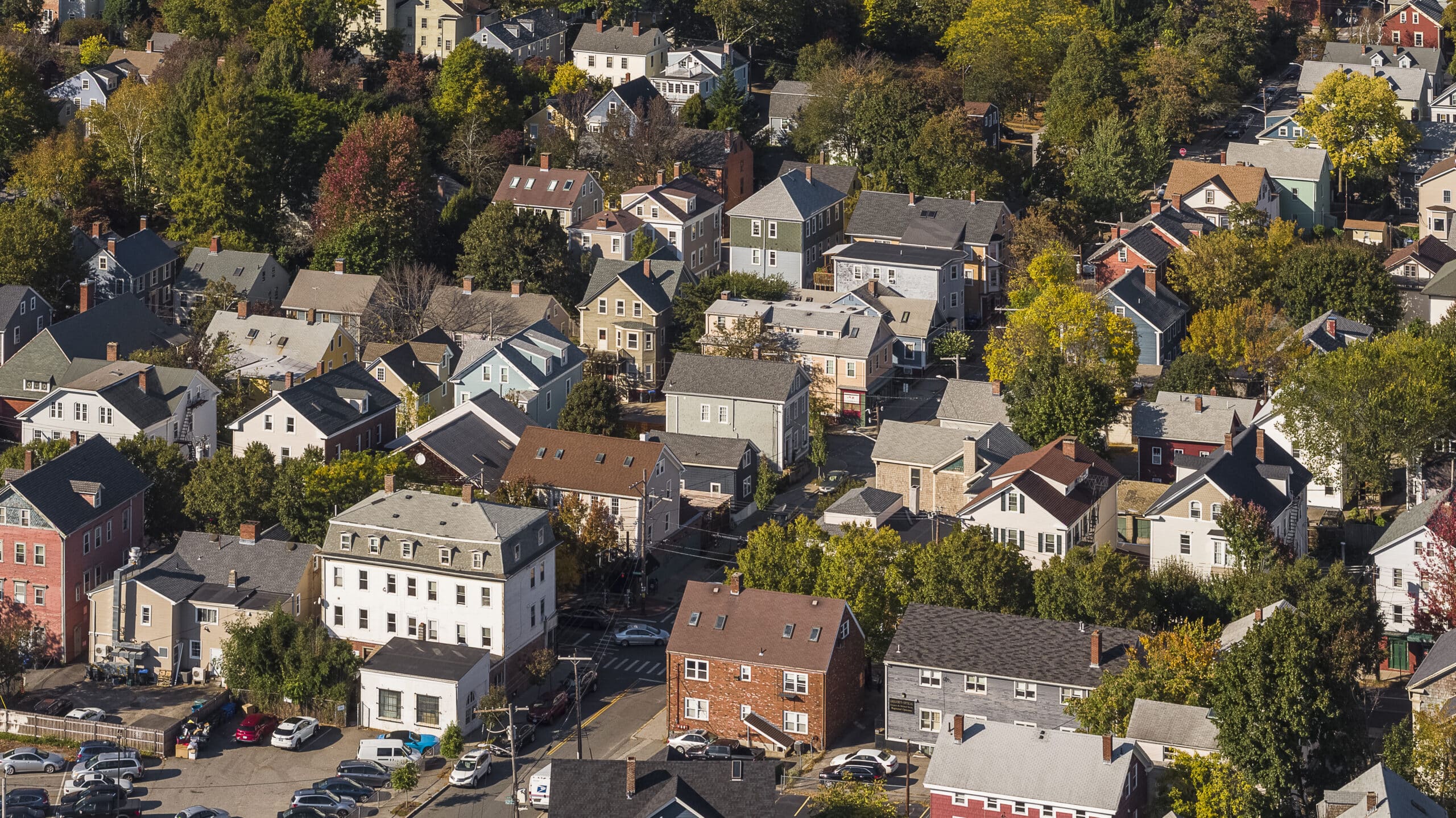








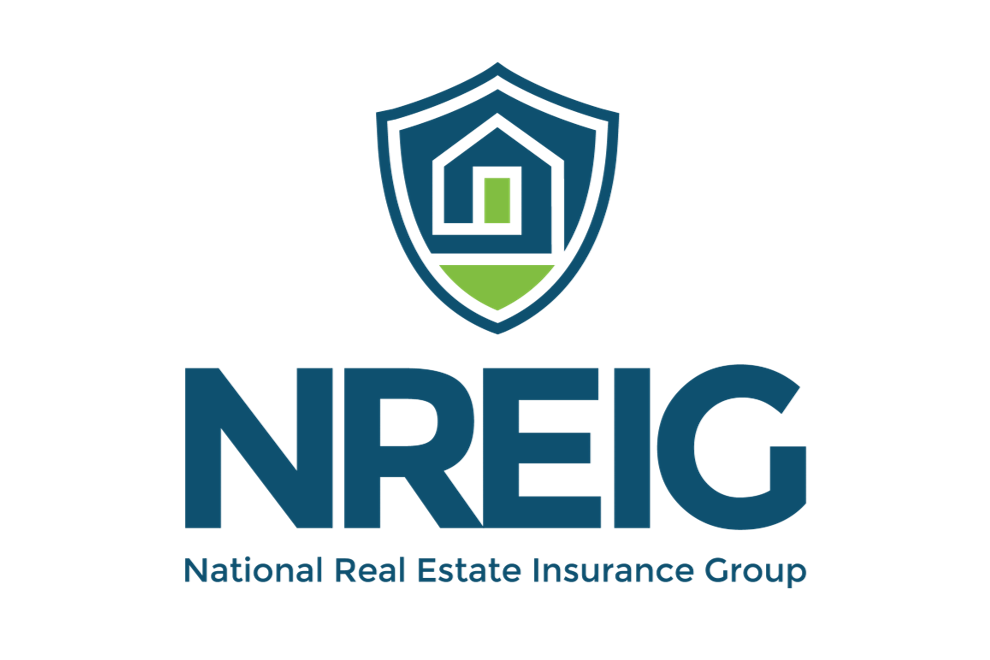
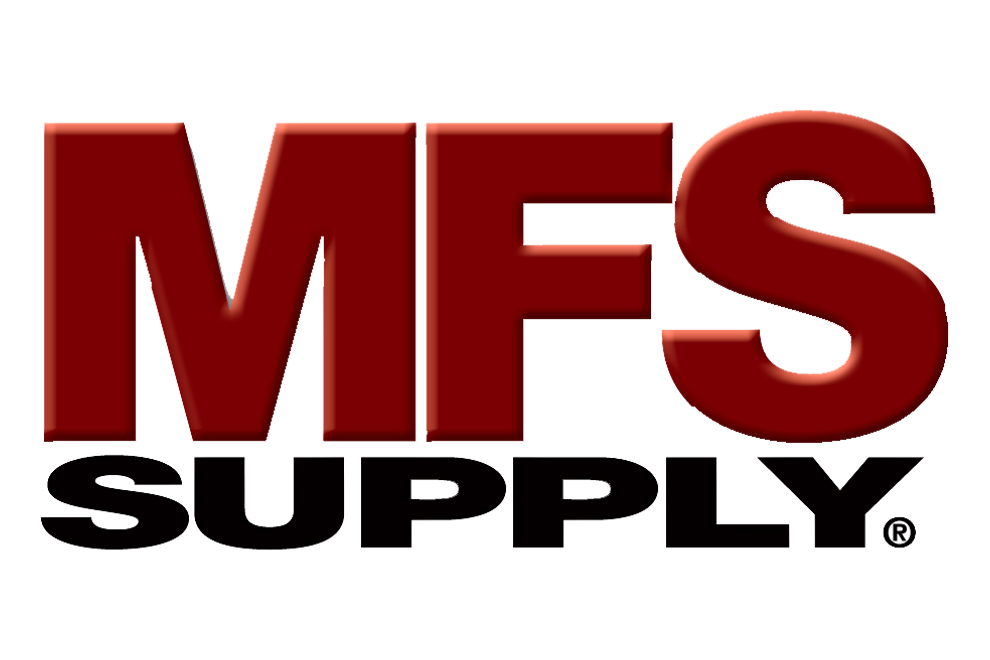

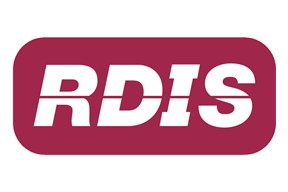
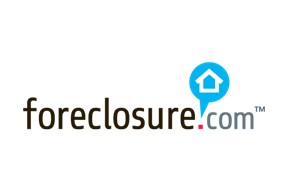
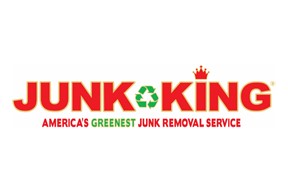
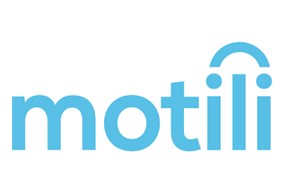
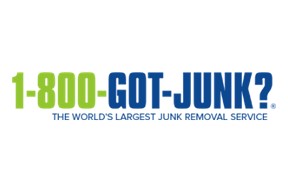

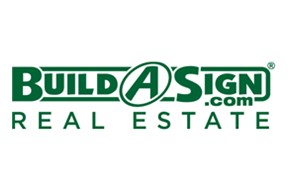
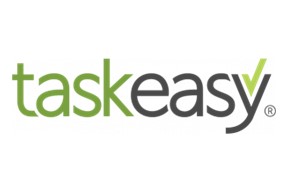
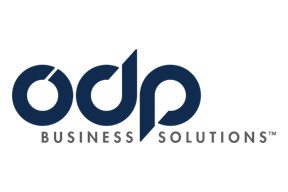
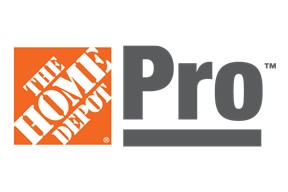

0 Comments